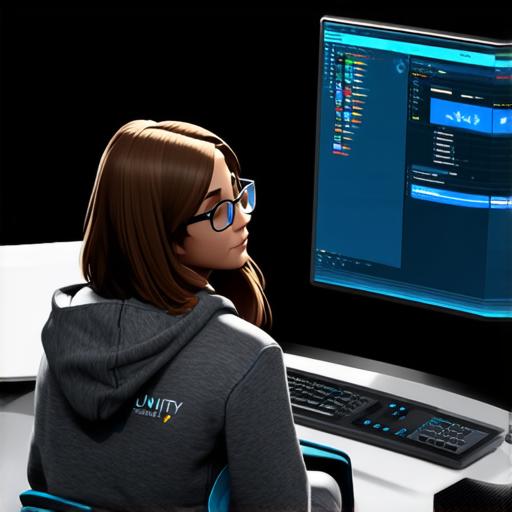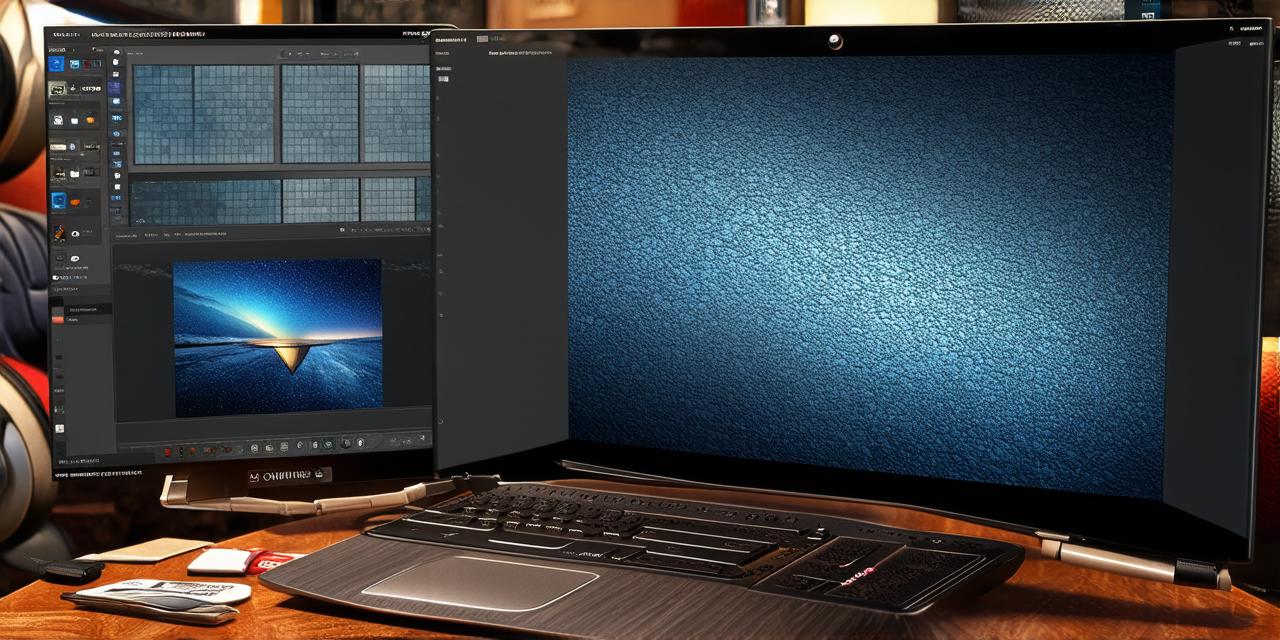
What is Unity 3D?
Unity 3D is a cross-platform game engine that can be used to create interactive web applications. It was first released in 2008 and has since become one of the most popular game engines in use today. Unity 3D supports a wide range of platforms, including Windows, macOS, Linux, iOS, Android, and more.
Why Use Unity 3D for Web Applications?
There are several reasons why developers should consider using Unity 3D for web applications:
- Easy to use: Unity 3D is designed to be easy to use, even for developers who have no experience with game development. It includes a wide range of tools and features that make it easy to create interactive web applications.
- Cross-platform support: Unity 3D supports a wide range of platforms, making it easy to create web applications that can run on any device or browser. This means you can reach a larger audience with your web application.
- Powerful performance: Unity 3D is designed for high-performance gaming, which makes it ideal for creating interactive web applications that require real-time graphics and animation.
- Large community: Unity 3D has a large and active community of developers who can provide support and guidance as needed. This makes it easy to find answers to any questions you may have.
Getting Started with Unity 3D for Web Applications
If you’re ready to get started with Unity 3D for web applications, here are the steps you need to follow:
- Download and install Unity 3D: You can download Unity 3D from the official website. Once you have downloaded the software, you will need to install it on your computer.
- Create a new project: Once you have installed Unity 3D, you can create a new project by clicking on the “New Project” button in the Unity Hub. This will open up the Unity Editor, where you can start creating your web application.
- Choose a template: Unity 3D includes a wide range of templates that you can use to get started quickly. These templates include pre-made assets and scripts that you can customize to fit your needs.
- Customize your project: Once you have chosen a template, you can start customizing your project by adding your own assets and scripts. Unity 3D includes a wide range of tools and features that make it easy to create interactive web applications, including physics engines, animation tools, and more.
- Export your web application: When you’re ready to publish your web application, you can export it from the Unity Editor in HTML5 format. This will allow you to host your web application on any website or server that supports HTML5.
Case Study: Creating an Interactive Web Application with Unity 3D
Let’s take a look at a real-life example of how Unity 3D can be used to create an interactive web application. Suppose you want to create an interactive web application that allows users to explore a virtual museum. You could use Unity 3D to create this application by following these steps:
- Create a new project in Unity 3D and choose a template that includes pre-made assets for a museum environment.
- Add your own assets, such as museum exhibits and artifacts, to the project.
